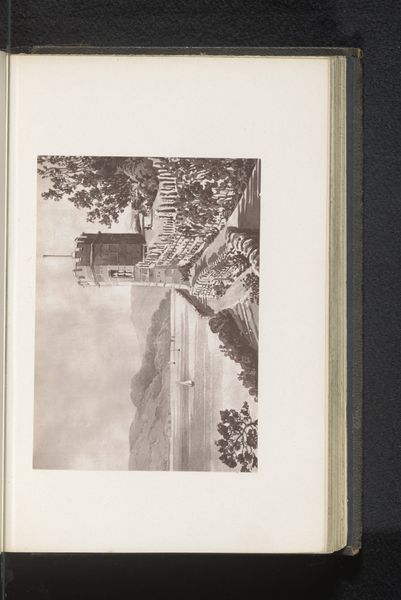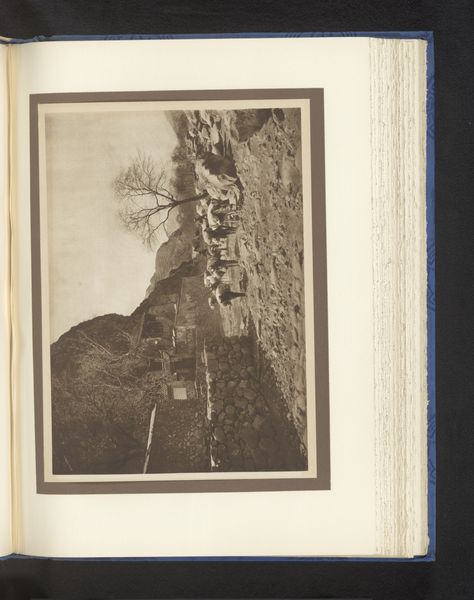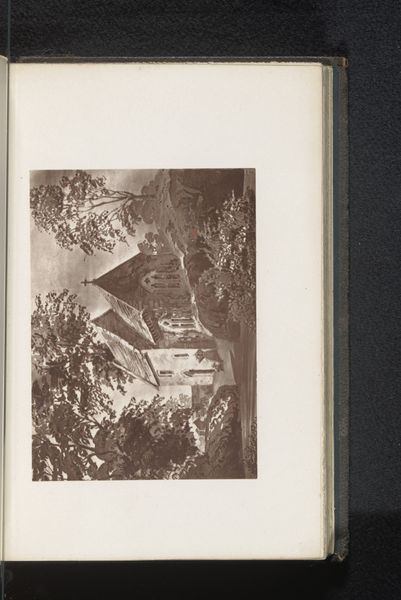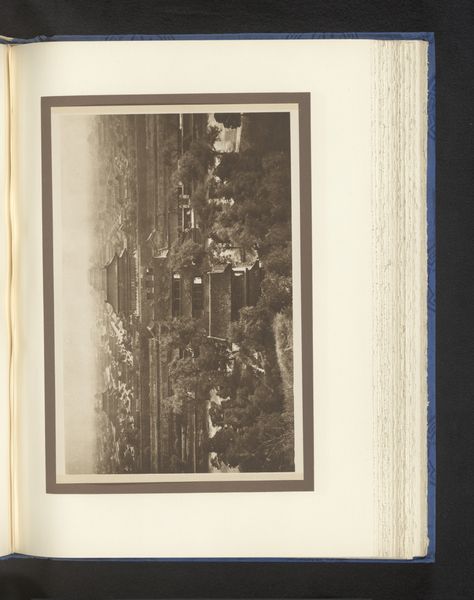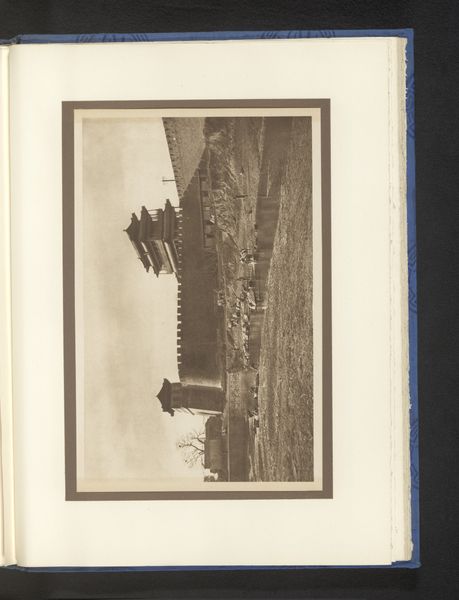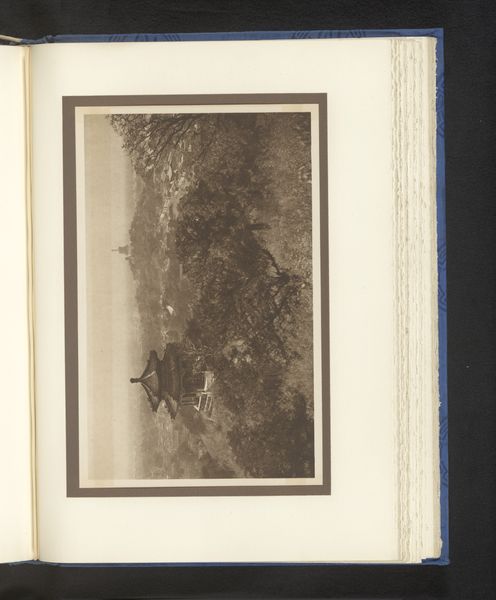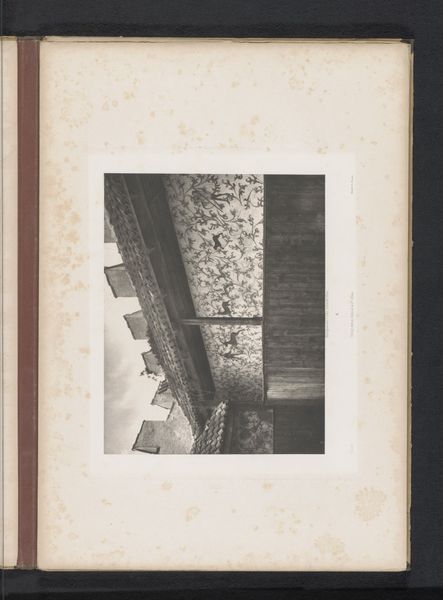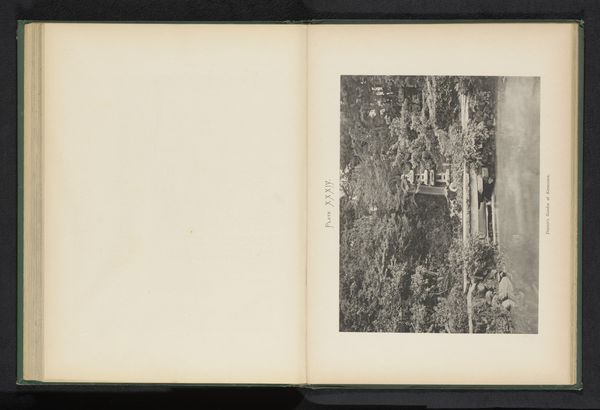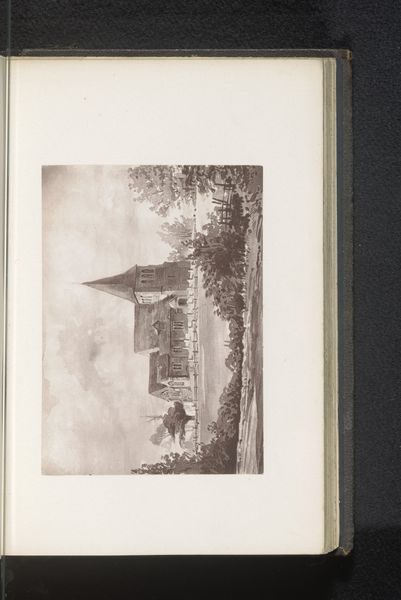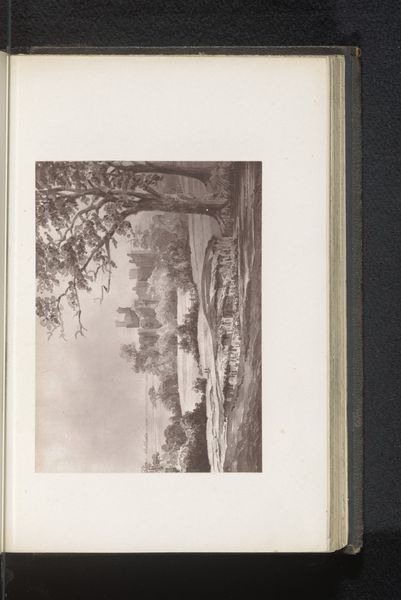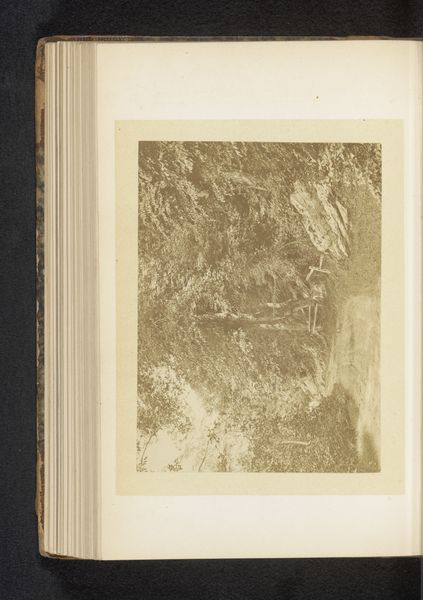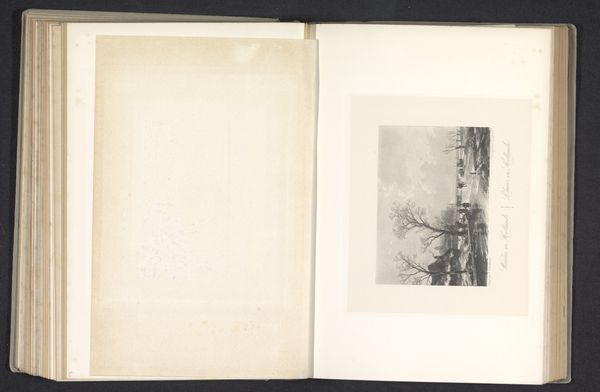
print, photography, gelatin-silver-print
#
pictorialism
# print
#
asian-art
#
landscape
#
photography
#
orientalism
#
gelatin-silver-print
#
cityscape
Dimensions: height 183 mm, width 279 mm
Copyright: Rijks Museum: Open Domain
Curator: Here we have Donald Mennie's "Gu Lou te Peking," a gelatin silver print dating from before 1920. It's an evocative piece. Editor: Ah, a window to the past. It’s funny, it makes me feel a bit… lost. All that detail, yet the washed-out tones give it such a dreamlike, almost melancholic, feel. It’s like glimpsing a memory that’s fading. Curator: The beauty of the gelatin silver print lies in its capacity for remarkable tonal range. Note how Mennie utilizes this to create a pictorialist landscape that speaks volumes about texture and light. The composition itself invites careful observation. The architecture dominates the frame, set against what looks like a bustling urban scene. Editor: I agree about the composition, that tower really anchors the image. The artist's high viewpoint makes me think about perspective, about seeing the bigger picture, literally! Maybe it's about power? Or perhaps a detached observer watching city life unfold. The muted tones evoke something more intangible though—like nostalgia for a bygone era. Curator: Interesting point about the detached observer! I would highlight that the orientation also subtly draws the eye downward, and creates a sort of spatial dynamism—we feel invited into the scene. Editor: Mmm. The perspective, combined with the sepia tones makes me think about sepia-toned memories, all fuzzy around the edges. Curator: The Orientalist lens is also clearly at play here. Mennie, as a Western photographer, frames Peking, now Beijing, through a specific aesthetic—exoticizing and romanticizing the city's landmarks and culture. Editor: Exactly, that aesthetic is key! It's a lens layered with history and… let's face it, assumptions. And, isn't that what makes it compelling too? A gorgeous artifact viewed through multiple cultural perspectives. Curator: Indeed. It’s a testament to the power of visual language—and the complexities of photographic representation. Editor: Looking at it now, it almost makes me want to pull out my own camera and explore capturing similar vistas. Makes you think about how perspectives and places shift over time. Thanks, Donald Mennie, for stirring things up.
Comments
No comments
Be the first to comment and join the conversation on the ultimate creative platform.
